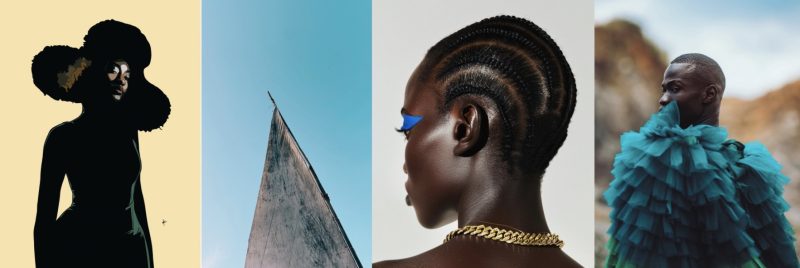If you’re young, you have the gift of time—an invaluable resource. The question is, how will you use it? While we often think we know exactly what we want to do for the rest of our lives, it’s important to remember that life is full of unexpected opportunities and shifts in direction. Before you carve that one decision in stone, I encourage you to explore different paths and embrace the idea of becoming a “jack of all trades.”
I began my creative journey as a graphic designer, but soon found myself drawn to photography. Surprisingly, the transition was seamless, largely due to my design background. My love for minimalistic designs naturally influenced my photography style, allowing me to carry over principles like composition, balance, and color coordination.

When I needed to build my website, I discovered that modern website-building tools have interfaces similar to Adobe software, which I was already comfortable with. That familiarity made the process intuitive, and before I knew it, I had not only built my own site, and Agandy’s but also started offering website design services to clients as an additional source of income.
Learning various disciplines isn’t about diluting your focus but rather about expanding your horizons. The more you expose yourself to different forms of creativity, the more you sharpen your overall skillset and enhance your versatility. In today’s world, being a master in one area is no longer enough; the most successful and innovative individuals often draw from a wide range of knowledge and experiences.
For creatives, this exploration is especially crucial. Learning new techniques and mediums opens doors to fresh ideas, unique collaborations, and unexpected inspiration. The more you know, the more equipped you are to problem-solve, innovate, and create in ways that are multifaceted and impactful.
Let the videographer study typography—not just for the sake of learning something new, but because understanding how text functions visually can enhance the storytelling in their films. Let the 3D artist try pottery, as working with physical materials can deepen their understanding of form and texture, which will translate into their digital creations. Can the voice-over artist explore music? Absolutely. Understanding rhythm, tone, and sound in a different context can add layers of nuance to their work.
William Kane is a versatile Ugandan visual artist, best known for his photography. I mention him because, when you explore the full breadth of his work, you’ll recognize a true jack of all trades. His portfolio spans wildlife, street, and travel photography, capturing vivid scenes with a unique perspective. But his creativity doesn’t stop there—he’s also an accomplished illustrator and an AI enthusiast, constantly experimenting with new technology to push the boundaries of visual art. What makes his journey even more remarkable is that he manages to do all of this while maintaining a demanding career as a practicing radiologist. How more complete can one be in pushing the boundaries of their creativity?

The principles of visual art are universal: seeking knowledge beyond your chosen field allows you to see the bigger picture, connect the dots between seemingly unrelated disciplines, and approach your craft with a broader, more creative mindset.
Ultimately, being a “jack of all trades” isn’t about spreading yourself too thin. It’s about becoming a more well-rounded, adaptable, and resourceful creative—qualities that are highly valuable in an ever-changing world. So don’t shy away from trying new things. The time you invest in learning multiple skills today will pay dividends in your future, allowing you to craft a more innovative, informed, and fulfilling creative career.